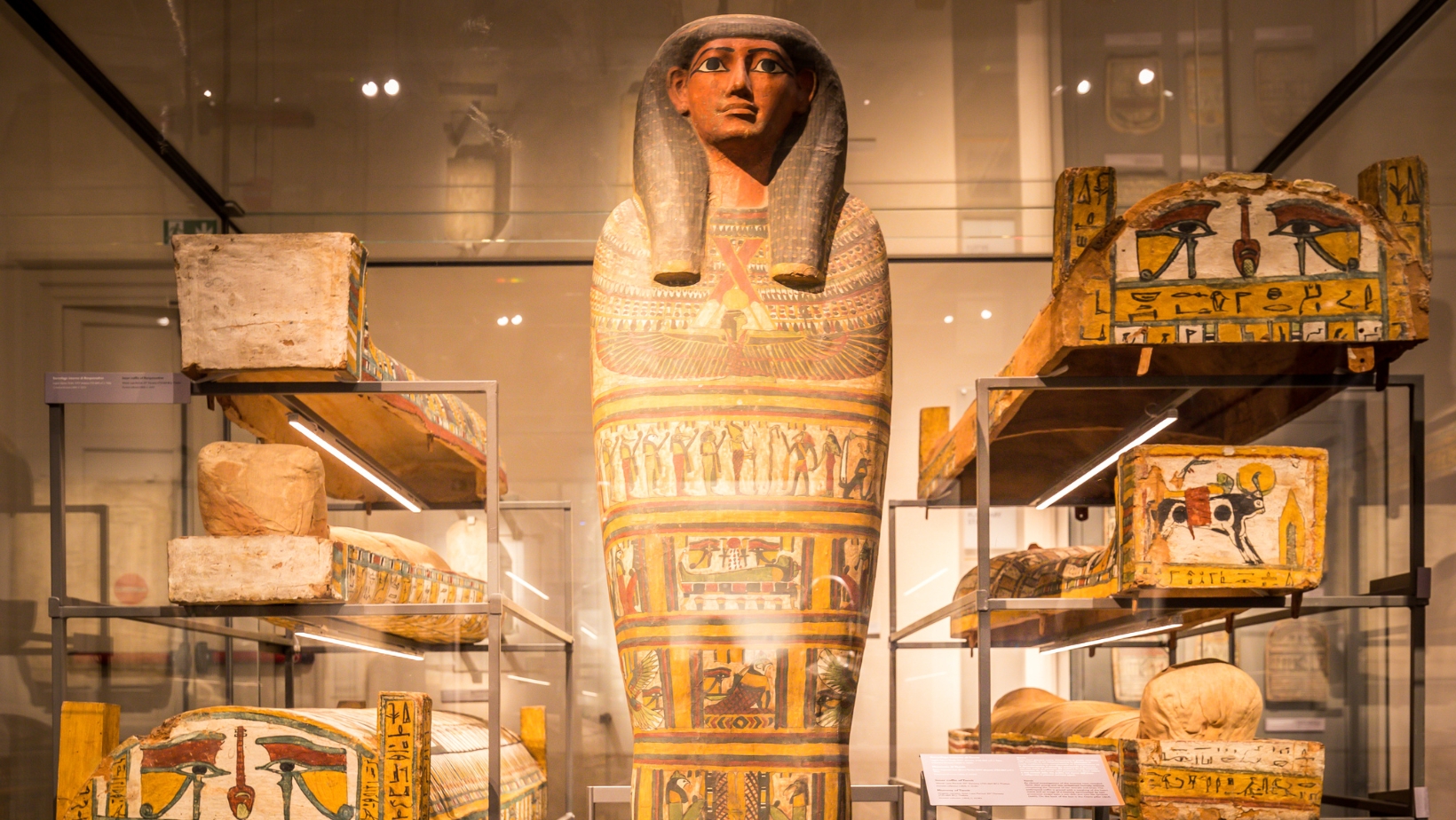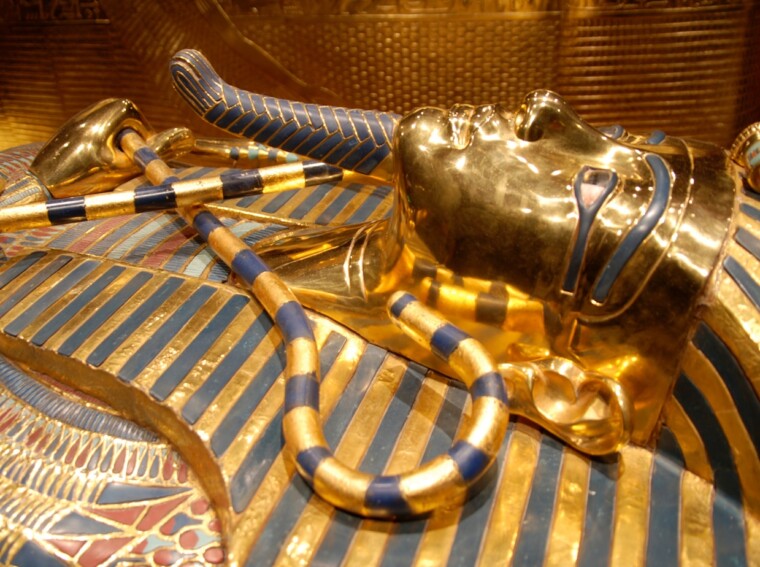As an expert blogger with years of experience, I am excited to delve into the fascinating topic of tomb decorations. Throughout history, various items and symbols have been used to adorn tombs, offering insights into different cultures and beliefs. From ancient civilizations to modern times, the decoration of tombs has served as a way to honor the deceased and provide a glimpse into their lives. Join me as we explore the rich history and significance of the items and symbols used in tomb decorations.
Ancient Egyptian Tombs: A Glimpse into the Afterlife
Ancient Egyptian tombs provide a fascinating glimpse into the beliefs and rituals surrounding the afterlife. The Egyptians believed in the continuation of life after death, and the elaborate tomb decorations were essential for ensuring a comfortable and prosperous journey to the afterlife. Let’s explore some of the items and symbols that were used to decorate these tombs:
- Funerary Offerings: The ancient Egyptians believed that the deceased would require sustenance and provisions in the afterlife. As a result, food and drink offerings were commonly depicted in tomb paintings and carvings. These offerings included bread, beer, fruits, vegetables, and meats.
- Statues and Sculptures: Sculptures and statues were often placed in tombs to serve as companions or substitutes for the deceased. These statues, known as “ushabtis,” were believed to come to life in the afterlife and perform tasks on behalf of the deceased.
- Symbols of Protection: Ancient Egyptian tombs were adorned with various symbols of protection, such as the ankh (symbol of life), the djed (symbol of stability), and the was scepter (symbol of power). These symbols were meant to provide the deceased with protection and guidance in the afterlife.
- Hieroglyphics: The walls of Egyptian tombs were covered in hieroglyphics, which were a form of writing used by the ancient Egyptians. These hieroglyphics depicted stories, prayers, and spells that were believed to aid the deceased in their journey to the afterlife.
- Amulets and Jewelry: Tombs often contained amulets and jewelry that were meant to accompany the deceased in the afterlife. These objects were believed to possess protective powers and were often fashioned in the shape of gods and goddesses.

What Items or Symbols Were Used to Decorate Tombs?
Paintings and Wall Decorations
One of the most prominent forms of decoration found in Egyptian tombs is paintings. These intricate and vibrant artworks adorned the walls of tombs, depicting scenes from the deceased’s life, religious rituals, and mythological stories. The Egyptians believed that these paintings served as a visual guide for the deceased in the afterlife.
The wall decorations in Egyptian tombs were not only aesthetically pleasing but also had a symbolic purpose. They often included hieroglyphics, which were ancient Egyptian symbols used for writing. These hieroglyphics conveyed important messages and prayers, ensuring that the deceased had the necessary knowledge and guidance in the afterlife.
Funerary Furniture and Personal Belongings
Another significant aspect of tomb decorations in ancient Egypt was the inclusion of funerary furniture and personal belongings. The Egyptians believed that the deceased would continue their earthly existence in the afterlife, and therefore, they needed to provide them with the comforts and necessities they enjoyed in their lifetime.
Tombs were filled with various items such as chairs, tables, beds, and jewelry. These items were carefully selected to ensure the deceased’s comfort and well-being in the afterlife. They also served as a reflection of the deceased’s social status and wealth.
Ritual Objects and Offerings
Ritual objects and offerings played a crucial role in tomb decorations. The Egyptians believed that the deceased needed certain objects and offerings to sustain them in the afterlife. These items were carefully chosen to ensure the deceased’s survival and provide them with the necessary sustenance and protection.
Amulets, small charms believed to have magical properties, were commonly included in tomb decorations. These amulets were thought to offer protection and guidance to the deceased. They were often in the shape of gods and goddesses or symbolic objects such as the Ankh (symbol of life) or the Eye of Horus (symbol of protection).
Additionally, funerary offerings such as food, drink, and other provisions were placed in the tombs. These offerings were intended to sustain the deceased in the afterlife and ensure their eternal well-being.
By understanding the purpose and significance of these tomb decorations, we gain a deeper appreciation for the rich and complex beliefs and customs of ancient civilizations. These decorations not only provided comfort and guidance for the deceased but also served as a means of honoring and remembering them for generations to come.

